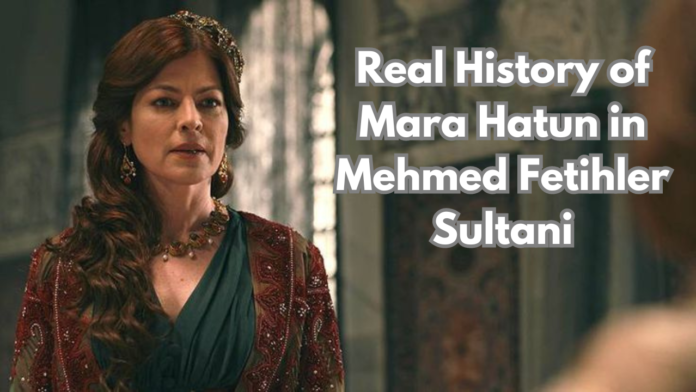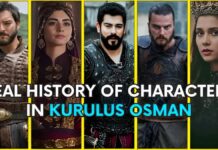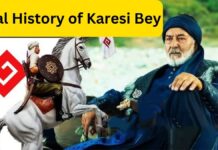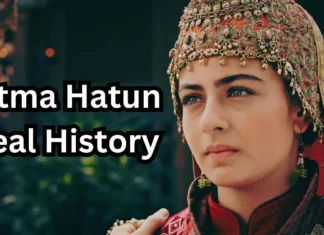Who Was Mara Branković?
She was a queen of the Ottoman Empire who, despite belonging to a Christian state, dedicated her entire life to the service of the Ottoman Empire. we will discuss who Mara Hatun was and how she married Sultan Murad.
Mara Hatun’s Background
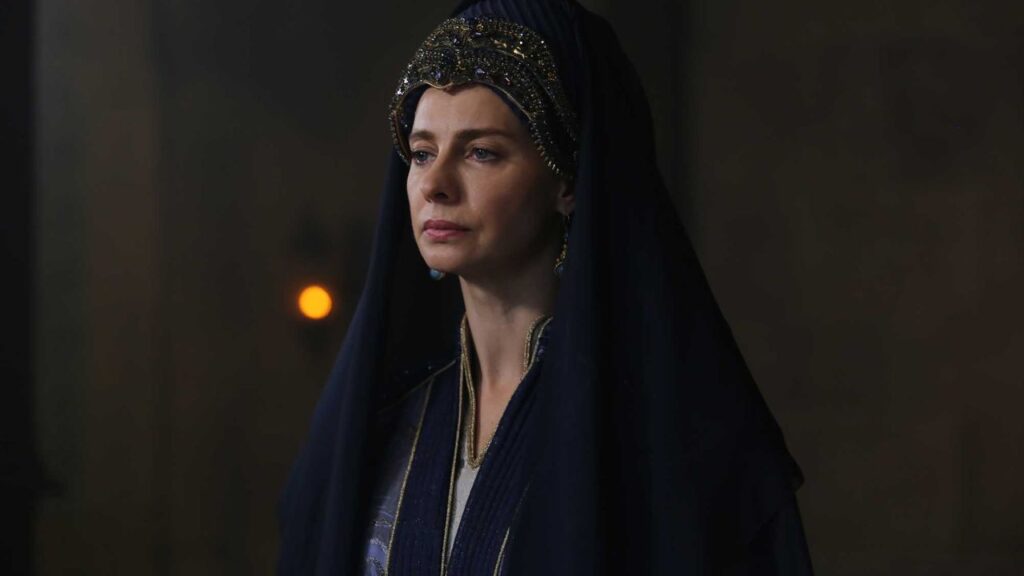
Why didn’t Mara Hatun learn the Turkish language, and why did Sultan Murad blind Mara Hatun’s two brothers? Why do European historians claim that Sultan Mehmed was a Christian and that he was the son of Mara Hatun? Her life story is quite astonishing, so let’s learn about her history today.
Early Life
Mara Branković was a Serbian princess, the daughter of Serbian ruler George Branković and his second wife, Eirene. Mara Branković was born between 1417 and 1420 and was the second of her parents’ five children, which included two sons and three daughters. Some historical sources say that Mara Hatun’s full name was Mara Branković. Additionally, it is said that she was also known as Sultana Maria, Mara Hatun, Amerissa, and Despina Hatun, and her mother was the sister of the emperor of Trebizond.
Becoming Mara Hatun

Mara Branković became Mara Hatun after coming to the Ottoman Empire, and an interesting fact about her is that she was related to Sultan Bayezid I, the grandfather of Sultan Fateh, through his wife Olivera Despina. Both these Ottoman queens did not change their religion and continued their European lifestyle even in the Ottoman harem. These two queens did not have any children from the Ottoman sultans, but they still ruled the Ottoman Empire on equal footing.
Political Role
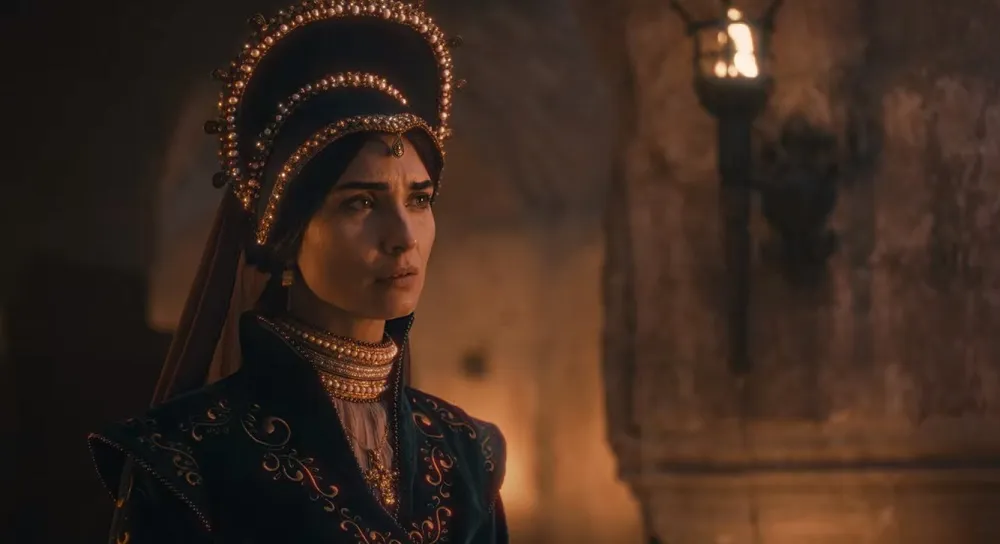
In the Ottoman Empire, Mara Hatun was an important part of the Ottoman and Serbian policies against Hungary. Mara Hatun knew Serbian, as well as her mother’s native language, Greek. Her marriage to Sultan Murad was arranged to establish an alliance between Serbia and the Ottoman state against Hungary. In May 1428, George Branković made a peace treaty with Ottoman Sultan Murad II and agreed that he would remain neutral in any war between Sultan Murad II and Hungary. To strengthen this treaty, Mara Hatun’s father George Branković gave his daughter Mara Hatun’s hand in marriage to Sultan Murad II, although Mara was only 10 years old at the time of the engagement.
Marriage and Aftermath
This peace treaty was made because Serbia was surrounded by two threats: the rapidly growing Ottoman Empire on one side and the powerful Hungary on the other. Therefore, Mara’s father arranged her marriage to Sultan Murad, who had no interest in marrying the daughter of a weak ruler but agreed for the benefit of the Ottoman state. Mara’s father also married his other daughter, Katarina, to the Count of Hungary. Due to Mara Hatun’s young age, the marriage was postponed until September 1436, and the ceremony was held when Sultan Murad was 32 years old and Mara was between 17 and 20 years old.
Sultan Murad’s Demands

Interestingly, Sultan Murad demanded that George Branković also send his 15-year-old son Stefan as a hostage, which was agreed upon, and Stefan was sent to the Ottoman Empire along with his sister Mara Hatun. However, just two years after Mara’s marriage, in 1438, her father broke his promise and prevented Ottoman troops from passing through Serbia to attack Hungary, which angered Sultan Murad, leading to an Ottoman attack on Serbia. Mara’s father fled to Venice, and Sultan Murad installed Mara’s brother Gregory on the throne of Serbia.
Conflict and Resolution
Even after fleeing his country, George Branković attempted to lead a crusade against the Ottoman Empire and secretly corresponded with his sons Stefan and Gregory, which Sultan Murad discovered. Sultan Murad ordered the arrest of Gregory and Stefan, who were already living as hostages in the Ottoman Empire, and on April 15, 1441, both were blinded. Mara Hatun could do nothing about it.
Historical Account
According to historical accounts, when Sultan Murad reached the area of Delvinë, he ordered George Branković’s two sons to be sent to a castle beyond the sea, named Tokat, and had them blinded without informing Mara Hatun. Mara found out and begged Sultan Murad to spare her brothers, saying they were already his captives and slaves, but the order arrived too late, and their eyes were already gouged out. Despite this, Mara Hatun helped finalize peace agreements between Sultan Murad and her father several times at her father’s request.
Death of Sultan Murad II

On February 3, 1451, Mara Hatun’s husband Sultan Murad II passed away. Her stepson Mehmed II ascended the Ottoman throne on February 18, 1451. After his ascension, changes were made in the harem, and Sultan Mehmed married Sultan Murad’s first wife, Halima Hatun, to Grand Vizier Ishak Pasha. It is said that Sultan Mehmed planned to marry Mara Hatun to one of his loyal men but abandoned the idea, fearing it might anger Serbian rulers and cause an alliance with Hungary. Mara Hatun also did not want to remarry and chose to serve her late husband’s empire.
Interesting Fact
An interesting fact about Mara Hatun is that she did not know Turkish and always kept two translators with her for communication. Mara Hatun stayed in the harem for some time and then was sent to Bursa until 1444, for unknown reasons. In 1451, Sultan Mehmed sent Mara Hatun back to her parents in Serbia, but what happened afterward is quite a strange story.
Family Conflict
Her father, George Branković, died on December 24, 1456, and Mara’s brother Lazar Branković took the throne. However, her eldest brother Gregory, supported by Mara, her mother Eirene, and Eirene’s brother Thomas, attempted to seize the throne, creating conflicts within the family. They tried to flee but were caught by Lazar, who imprisoned them in Rudnik Castle, where Mara’s mother Eirene died on May 3, 1457. Soon after, Mara, Gregory, and her uncle Thomas fled to the Ottoman Empire, where Sultan Mehmed II welcomed them with honor.
Sultan Mehmed’s Affection
Sultan Mehmed loved his stepmother Mara Hatun so much that some European historians claimed that Sultan Mehmed was a Christian, using this as evidence to support their claim. They argue that Mara Hatun always supported and helped the Christian community in the Ottoman Empire, and Sultan Mehmed never opposed it. Additionally, Sultan Mehmed was proficient in Turkish, Persian, and Arabic, as well as Latin and Greek, languages taught by Mara Hatun. According to a Turkish writer, Sultan Mehmed allocated a large piece of land near Hagia Sophia for a church in a decree issued to his stepmother Mara Hatun.
Death of Mara Branković
Mara Branković died in 1487 at the age of 66 in Constantinople.
FAQs: The Remarkable Life of Mara Hatun
Who was Mara Hatun?
Mara Hatun, originally known as Mara Branković, was a Serbian princess who became an influential figure in the Ottoman Empire. She was the daughter of Serbian ruler George Branković and his second wife, Irene.
What was Mara Hatun’s background?
Mara Hatun was born between 1417 and 1420 in Serbia. She was one of five children and grew up in a royal household. Her lineage included both Serbian and Byzantine connections.
How did Mara Hatun become part of the Ottoman Empire?
Mara Hatun married Sultan Murad II as part of a peace agreement between her father and the Ottoman Empire. This marriage was meant to secure an alliance against Hungary.
What was Mara Hatun’s role in the Ottoman Empire?
Despite being a Christian, Mara Hatun served the Ottoman Empire faithfully. She maintained her European lifestyle and had significant influence in political and diplomatic matters.
Why did Sultan Murad II blind Mara Hatun’s brothers?
Sultan Murad II ordered the blinding of Mara Hatun’s brothers, Stefan and Grgur, after discovering their father’s secret correspondence with them, which was seen as a betrayal.
Did Mara Hatun have any children?
Mara Hatun did not have children with Sultan Murad II. However, she played a significant role in the upbringing and education of her stepson, Mehmed II, who later became Sultan.
What was Mara Hatun’s legacy?
Mara Hatun is remembered for her diplomatic skills and her ability to navigate the complexities of being a Christian in the Ottoman court. Her influence extended to supporting Christian communities within the empire and fostering relationships between the Ottomans and European powers.

